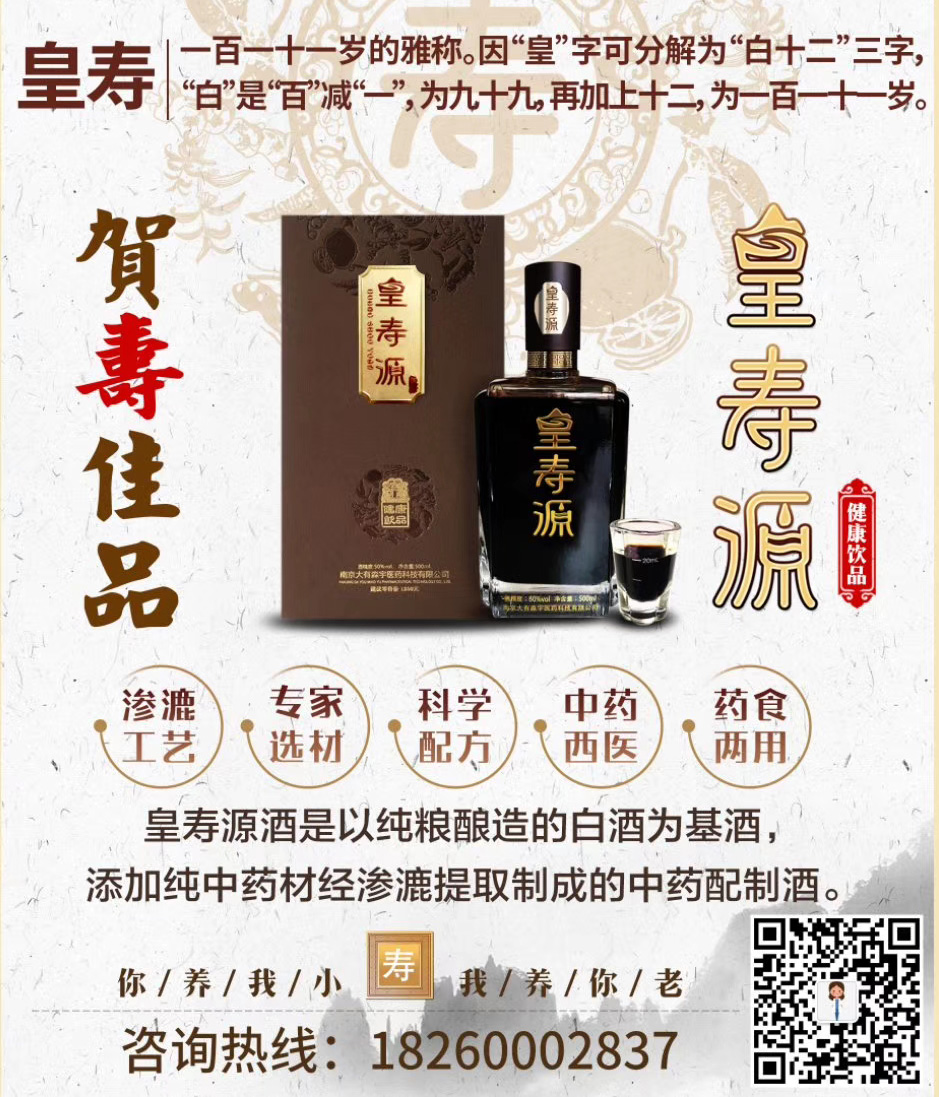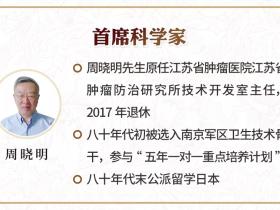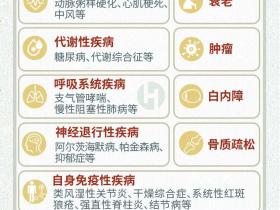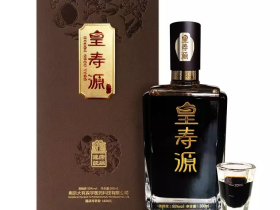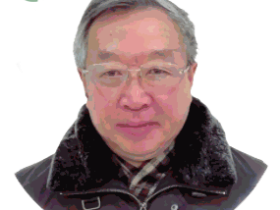慢性炎症与人类健康系列第一讲
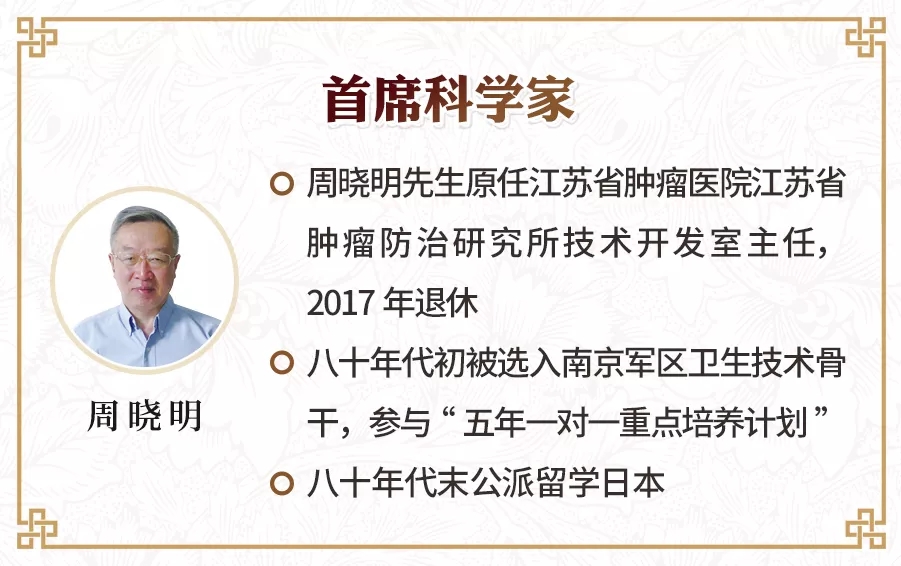
随着科学技术的进步和社会的发展,人的寿命也在不断的增加。与此同时,与年龄相关的各种慢性疾病也随之增加。因此,我们面临的一个突出问题是:如何在长寿的同时活得更加健康,也就是人们平时常说的“健康长寿” ,这是人类千百年来孜孜以求的目标。如果我们能够找到一种或数种影响人类健康的决定性因素,并对这个(些)因素进行有效干预,就可以达到健康长寿的目的。
Greater numbers of individuals are living to older ages. A major concern at both individual and population levels is how to live these years at a high functional level. If we had physiological markers to identify those at risk for progressive functional decline and impeding death, therapies could be targeted towards these individuals to prevent adverse outcomes. Experimental and Molecular Pathology 80 (2006) 219–227.
越来越多的证据表明,慢性低烈度的炎症,就是影响人类健康的决定性因素。她与多种疾病息息相关,如:代谢综合征,非酒精性脂肪性肝病,2型糖尿病,心血管疾病等等。
An accumulating body of evidence suggests that chronic low-grade inflammatory state is a crucial factor which seriously affects the human health. Chronic low-grade inflamma- tion is a pathological feature of a wide range of chronic conditions, such as the metabolic syndrome (MetS), non-alcoholic fatty liver disease (NAFLD), type 2 diabetes mellitus (T2DM) and CVD and so forth. Nature 2006, 444, 860–867.
炎症首先是人类的朋友,因为她是免疫监视与机体防御的基本要素;与此同时,某种意义上炎症又是人类的敌人,因为过度的炎症反应,如慢性低烈度的炎症就成了多种慢性疾病的病理特征。理想的状态是促炎症反应与抗炎症反应之间保持平衡。
Inflammation acts as both a ‘friend and foe’: it is an essential component of immunosurveillance and host defence, yet a chronic low-grade inflammatory state is a pathological feature of a wide range of chronic conditions. British Journal of Nutrition (2015), 114, 999–1012.
我们通常所说的炎症,都是指有明确的病原微生物,如细菌,病毒等对人体的入侵所发生的反应,称之为有菌性炎症。对有菌性炎症而言,炎症反应一般有三个结果:一是入侵的病原体被清除,感染的组织修复;二是机体在战役中失败而死亡,或是造成不可复的组织损伤;三是机体与病原体都不能取得决定性的胜利,结果发展成慢性炎症。
There are three common outcomes of inflammation. First, the offending agent or process is inactivated, and the injury is repaired. Second, the host loses the battle and dies or suffers irreparable tissue damage. Finally, neither the organism nor the injurious process prevails, resulting in a prolonged battle that provides a fertile ground for the development of chronic inflammatory conditions. Frontiers in Aging Neuro-science 2016, 8.
而我们所说的慢性炎症与上述两种炎症不同,是所谓的代谢性炎症。这种炎症主要由营养或是代谢废料激发的,但他们的信号通道与传统炎症的信号通道也是基本一致的。如肠道外溢的内毒素也通过TLR4激活炎症反应,甚至连游离脂肪酸也是如此。正是这种炎症,与几乎所有的慢性疾病都存在着千丝万缕的联系。
Therefore, it would be useful to set out a distinct form of injury response or subclass of inflammation —sometimes referred to as ‘low-grade’ or ‘chronic’ — or to describe an altogether separate state with a new term, perhaps ‘metaflammation’ (metabolically triggered inflammation). This condition is principally triggered by nutrients and metabolic surplus, and engages a similar set of molecules and signalling pathways to those involved in classical inflammation. Nature 2006, 444:860-67.
炎症的发生离不开炎症因子的参与,炎症因子又称之为细胞因子。细胞因子是细胞释放的一种小分子蛋白,细胞因子可分为几大类型:白细胞介素;淋巴因子;细胞信号分子,如肿瘤坏死因子和干扰素等。他们几乎与人类的每一种疾病,特别是炎症反应有关。细胞因子又因为在炎症反应中的作用分为促炎症细胞因子,如肿瘤坏死因子,C反应蛋白,白介素6等,和抗炎症细胞因子,如白介素10, 白介素27等。
A cytokine is a small protein released by cells that has a specific effect on the interactions between cells and on communications between cells. Cytokines include a number of groups which are called interleukins, lymphokines and cell signal molecules, such as tumor necrosis factor and the interferons,which trigger inflammation and respond to infections. There are both pro-inflammatory cytokines and antiinflammatory cytokines. They are involved in almost every disease. J Clin Invest. 2008,117(5): 1175-83.